National parks are treasured landscapes, carefully protected to preserve their natural ecosystems, biodiversity, and beauty. But even these sacred spaces are not immune to the creeping threat of invasive plants — non-native species that outcompete local flora and wreak havoc on native habitats.
These invasive species spread aggressively, often introduced accidentally through human activity, tourism, or even seemingly harmless gardening. Once established, they can alter soil chemistry, disrupt wildlife food chains, and make it nearly impossible for native plants to survive.
In this article, we’re spotlighting 16 of the most common invasive plants found in U.S. national parks, explaining how they spread, why they’re such a threat to ecological balance, and what’s being done to combat them. It’s a crucial look at the hidden battle happening in the wild — and how awareness is the first step toward protection.
English Ivy

With its glossy leaves and rapid growth, English Ivy might seem like a gardener’s dream, but in national parks, it turns into a nightmare. This tenacious vine climbs over everything, choking trees and blocking sunlight from reaching the forest floor. As it spreads, it prevents native plants from thriving, leading to a decline in biodiversity. The invasive nature of English Ivy also makes it difficult to control, requiring constant management efforts. In some parks, it forms dense mats, eroding habitats for small animals and insects. Its resilience makes it a formidable foe for park conservationists.
Kudzu
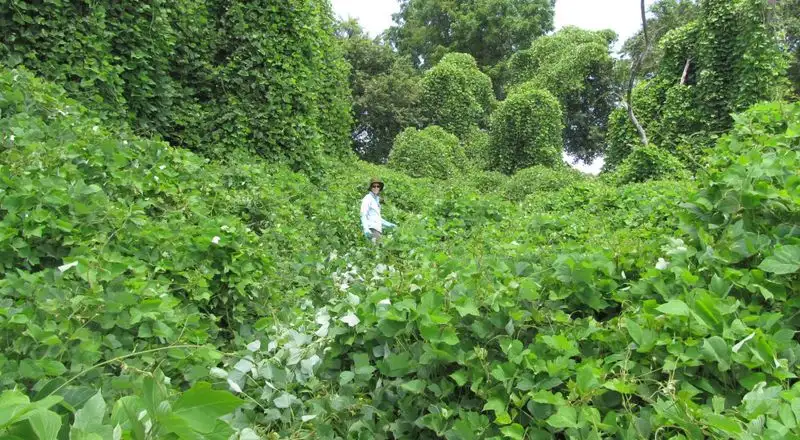
Known as “the vine that ate the South,” Kudzu is infamous for its rapid takeover of landscapes. In national parks, it blankets trees, shrubs, and even buildings, altering the natural scenery. Its fast growth rate allows it to outcompete native plants for sunlight and nutrients. As Kudzu expands, it can destabilize the local ecosystem, reducing biodiversity. This vine’s ability to fix nitrogen in the soil further changes the habitat, affecting other plant species. Managing Kudzu requires persistent effort, as it can grow up to a foot per day during the growing season.
Garlic Mustard
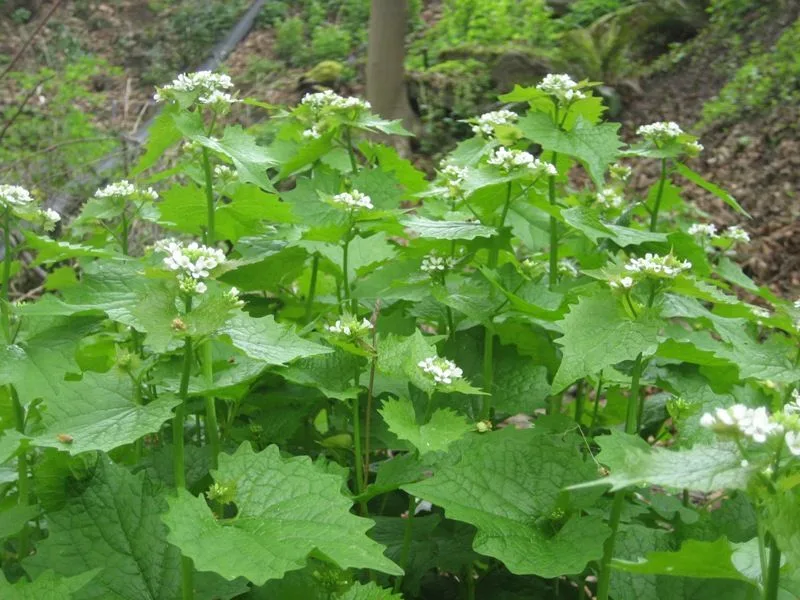
At first glance, the delicate white flowers of Garlic Mustard might seem harmless, but this plant is a stealthy invader. It releases chemicals into the soil that hinder the growth of native plants and disrupts the mycorrhizal fungi relationships essential for forest health. Spreading rapidly, Garlic Mustard forms dense patches that crowd out wildflowers and young trees. Its presence in national parks poses a threat to the diversity of forest understories. Removal efforts are complicated by its ability to reseed easily, requiring long-term management strategies to keep it in check.
Purple Loosestrife

Tall and striking with vivid purple spikes, Purple Loosestrife is a beautiful menace in wetland areas of national parks. Its aggressive spread turns diverse habitats into monocultures, diminishing food and shelter for wildlife. This plant’s extensive root system makes it difficult to eradicate once established. By outcompeting native wetland vegetation, Purple Loosestrife disrupts the ecological balance, impacting species reliant on these habitats. Efforts to control it often involve biological controls, as traditional methods like cutting and herbicides prove ineffective. Its allure masks a detrimental impact on park ecosystems.
Japanese Honeysuckle
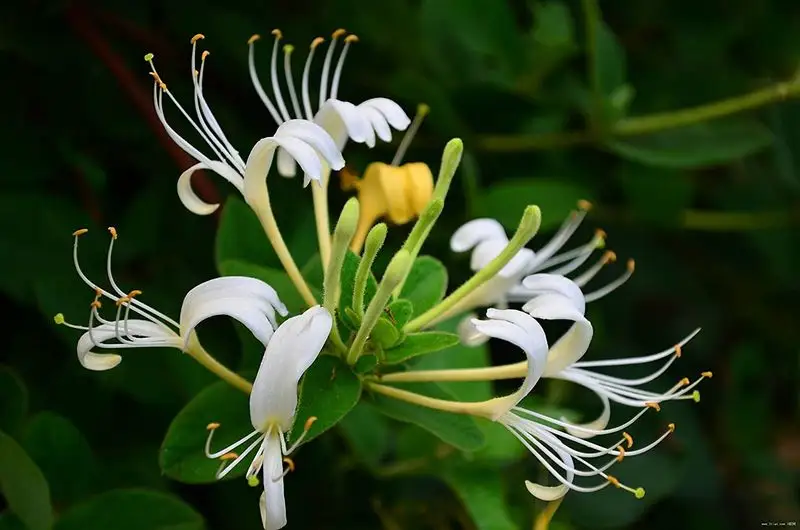
The sweet scent of Japanese Honeysuckle belies its invasive nature. Thriving in forests, this vine winds through trees, forming dense thickets that smother native plants. In national parks, it competes aggressively for sunlight and space, hindering the growth of local species. Its evergreen leaves give it a competitive edge, allowing it to photosynthesize year-round. As it spreads, it alters habitats, impacting wildlife that depends on native flora. Controlling Japanese Honeysuckle is challenging, as it can regenerate from even small root fragments. Persistent management is crucial to curb its spread.
Cheatgrass
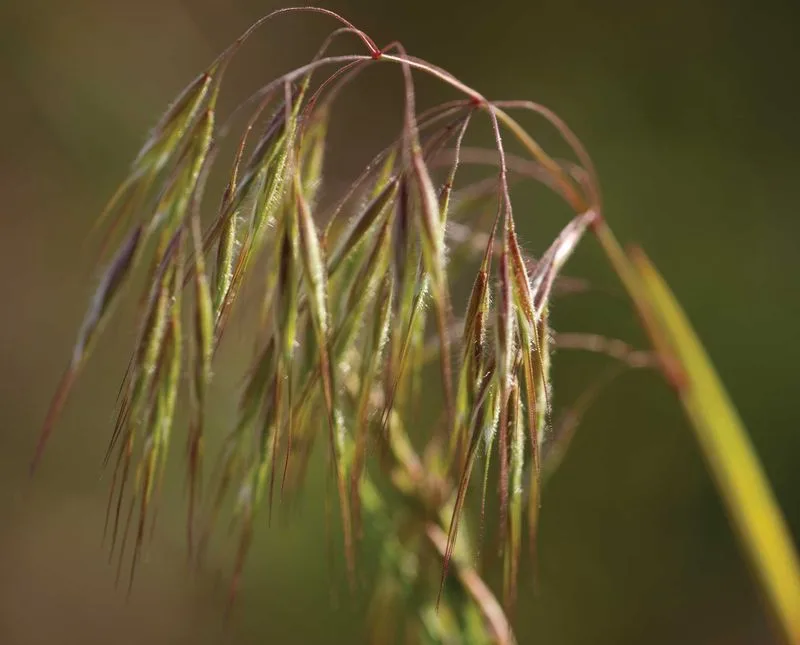
Cheatgrass, with its feathery appearance, might look benign, but it’s a fire hazard in disguise. This annual grass dries out early, increasing the frequency and intensity of wildfires in national parks. Its rapid growth and prolific seed production enable it to spread quickly, displacing native grasses. Once established, Cheatgrass alters the fire regime, creating a cycle that favors its continued dominance. This transformation of grasslands into monocultures reduces biodiversity and impacts wildlife habitats. Restoration efforts are challenging, requiring reseeding with native species to restore balance.
Tree-of-heaven
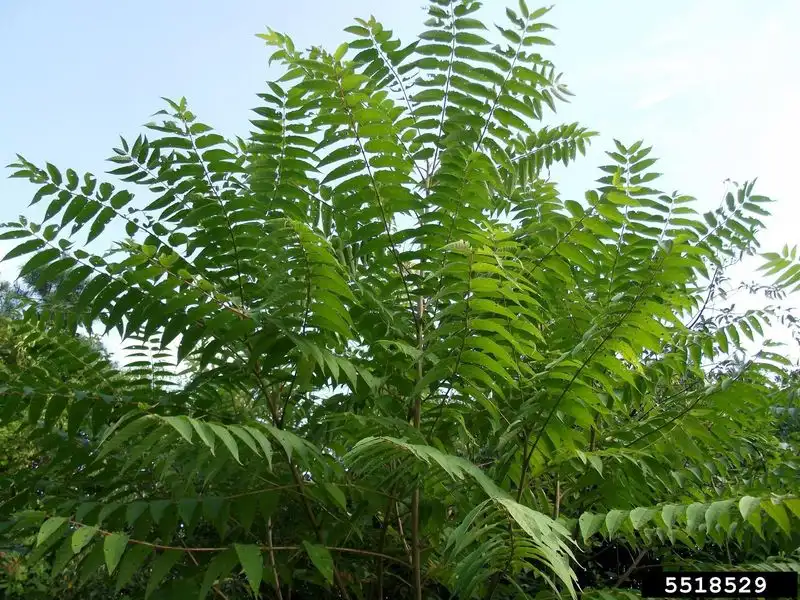
Despite its celestial name, Tree-of-heaven brings earthly problems to national parks. Known for its rapid growth and resilience, it often forms dense thickets that crowd out native trees and plants. Its allelopathic properties release chemicals into the soil that inhibit the growth of other species. In parks, it disrupts forest regeneration and alters the composition of ecosystems. This tree’s ability to produce copious seeds and resprout makes it a persistent invader. Managing Tree-of-heaven requires a multifaceted approach, including cutting and herbicide application, to prevent its spread.
Multiflora Rose
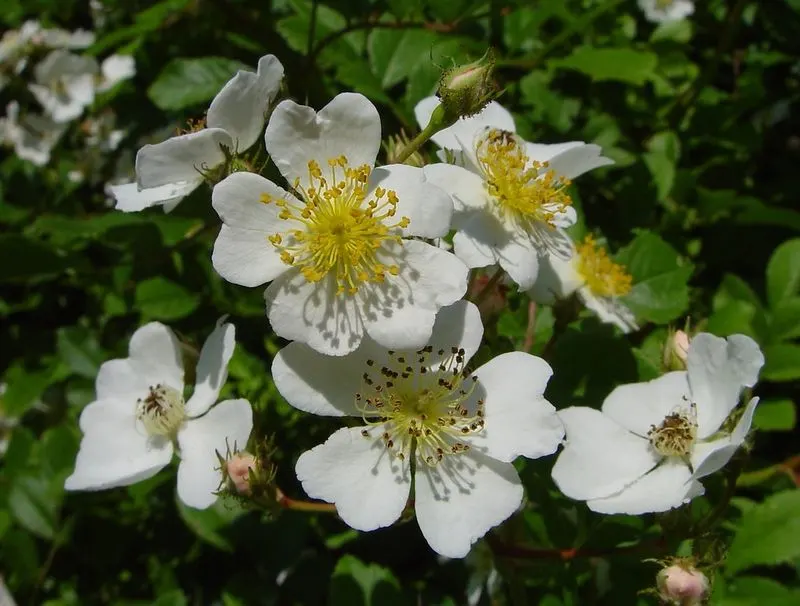
Multiflora Rose might be admired for its fragrant blooms, but in national parks, it becomes a prickly problem. This shrub forms impenetrable thickets, outcompeting native vegetation and altering habitats. Its arching canes create dense, tangled growth that can hinder movement for wildlife and people. The prolific seed production and ability to regenerate from roots make it a challenging invader to control. In some areas, it acts as a carrier for diseases that affect native plants. Managing Multiflora Rose requires diligent effort, often involving a combination of mechanical and chemical controls.
Scotch Broom
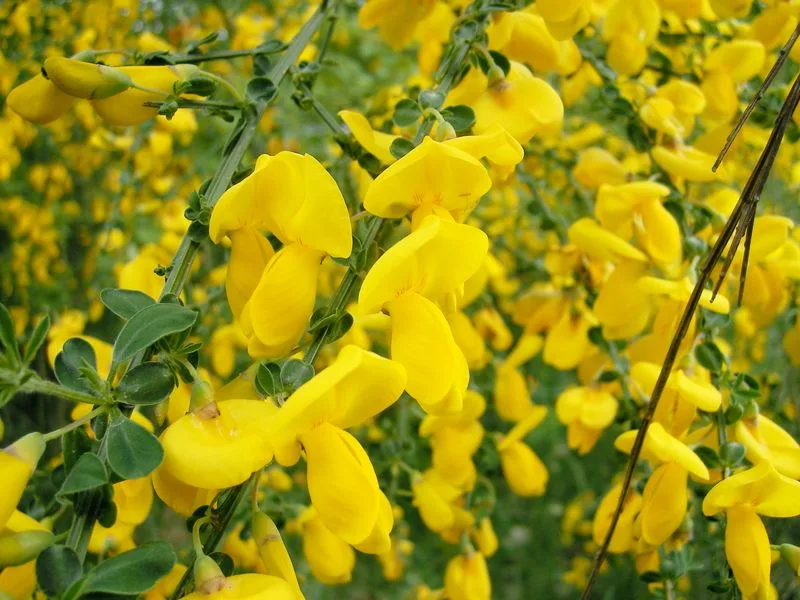
The vibrant yellow flowers of Scotch Broom might catch the eye, but this shrub is a wolf in sheep’s clothing. In national parks, it forms dense stands that exclude native plants and alter habitats. Its nitrogen-fixing ability changes soil composition, impacting other plant species. As it spreads, it increases the risk of wildfires, creating a safety hazard. Controlling Scotch Broom involves mechanical removal and carefully timed herbicide applications. Its ability to resprout from roots makes eradication efforts challenging and ongoing. Despite its beauty, Scotch Broom poses a serious threat to park landscapes.
Spotted Knapweed
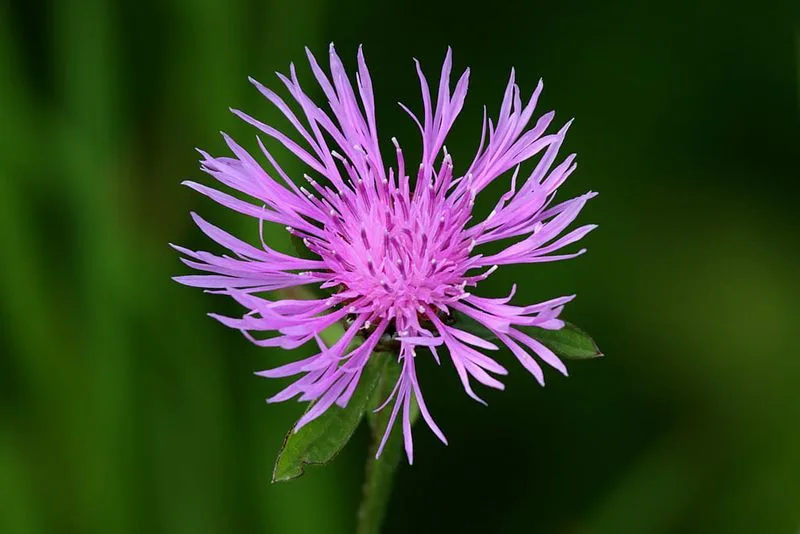
Spotted Knapweed, with its delicate purple flowers, is anything but delicate in its environmental impact. This noxious weed spreads aggressively in national parks, crowding out native grasses and wildflowers. Its deep taproot allows it to access water and nutrients that other plants cannot, giving it a competitive advantage. By altering soil chemistry, Spotted Knapweed further suppresses native plant growth, reducing biodiversity. Controlling its spread requires persistent effort, including hand-pulling, mowing, and herbicide application. Its presence threatens the ecological integrity of parklands and challenges conservation efforts.
Yellow Star-Thistle
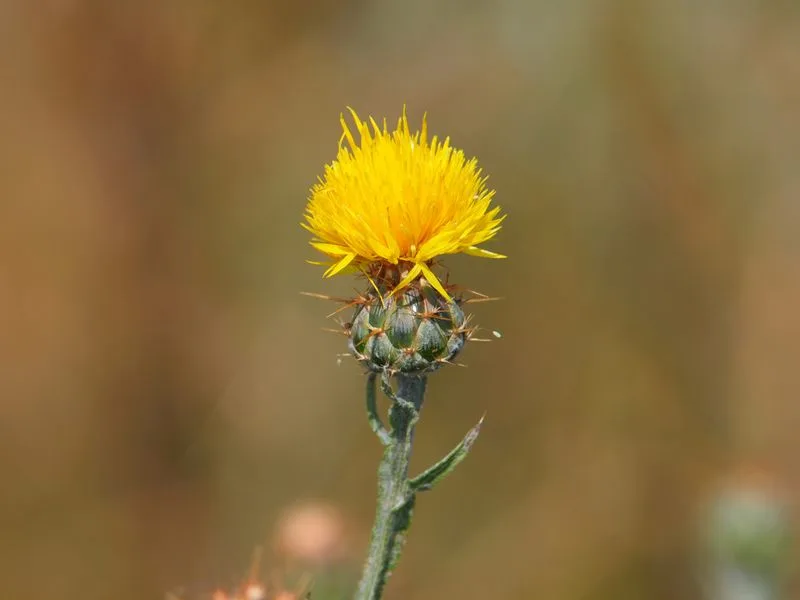
The bright yellow blooms of Yellow Star-Thistle might seem cheerful, but they hide a thorny problem. This invasive plant quickly dominates open spaces in national parks, forming dense stands that crowd out native species. Its sharp spines deter wildlife from grazing, leading to further ecological imbalance. The extensive root system of Yellow Star-Thistle allows it to thrive in dry conditions, making it particularly troublesome in arid regions. Managing its spread is labor-intensive, requiring mechanical removal and herbicide application. Despite its sunny appearance, this thistle casts a long shadow on biodiversity.
Brazilian Pepper Tree
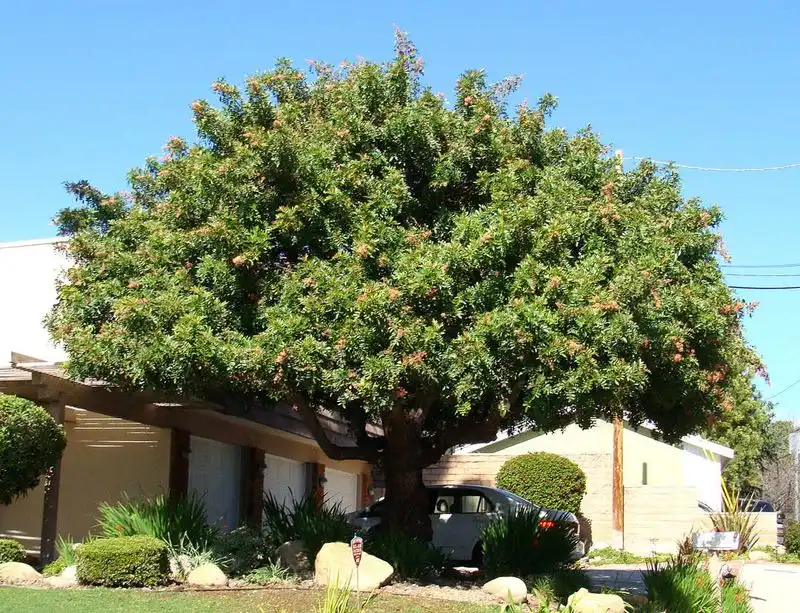
The Brazilian Pepper Tree, with its vibrant red berries, introduces a splash of color to national parks but brings ecological challenges. Its dense canopy shades out native plants, altering habitats and reducing biodiversity. This aggressive invader often forms monopolistic stands, outcompeting local flora for resources. In some areas, it releases chemicals that inhibit the growth of other plants, further exacerbating its impact. Control efforts involve cutting and herbicide treatment, but its ability to resprout makes management an ongoing battle. The Brazilian Pepper Tree’s visual appeal contrasts sharply with its environmental toll.
Japanese Knotweed
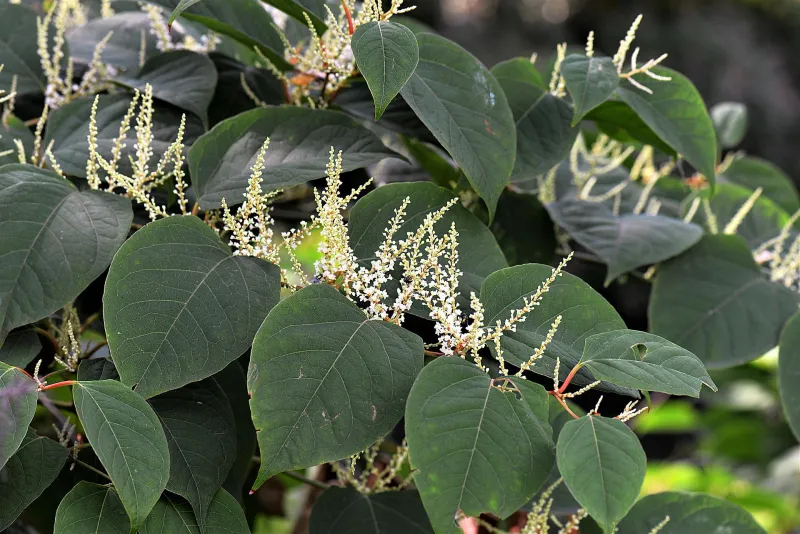
Japanese Knotweed stands tall with bamboo-like stems, but its presence is far from benign. In national parks, it forms dense thickets along waterways, displacing native vegetation and altering ecosystems. Its rapid growth and ability to regrow from root fragments make it a formidable adversary. As it spreads, it can exacerbate erosion issues and impact water quality. Control methods include cutting, herbicides, and root barrier installation, yet it remains difficult to eradicate completely. Its aggressive nature and environmental impact make Japanese Knotweed a significant concern for conservationists.
Cogongrass

Cogongrass, with its fluffy seed heads, might look like a gentle grass, but it masks a more aggressive nature. This invasive species spreads rapidly in national parks, forming dense mats that smother native plants. Its ability to alter fire regimes increases the frequency and severity of wildfires, further threatening native ecosystems. The rhizome network of Cogongrass allows it to regenerate quickly, complicating control efforts. Managing its spread requires a combination of mechanical removal and herbicide application. Despite its soft appearance, Cogongrass presents a hard challenge for park conservation.
Norway Maple
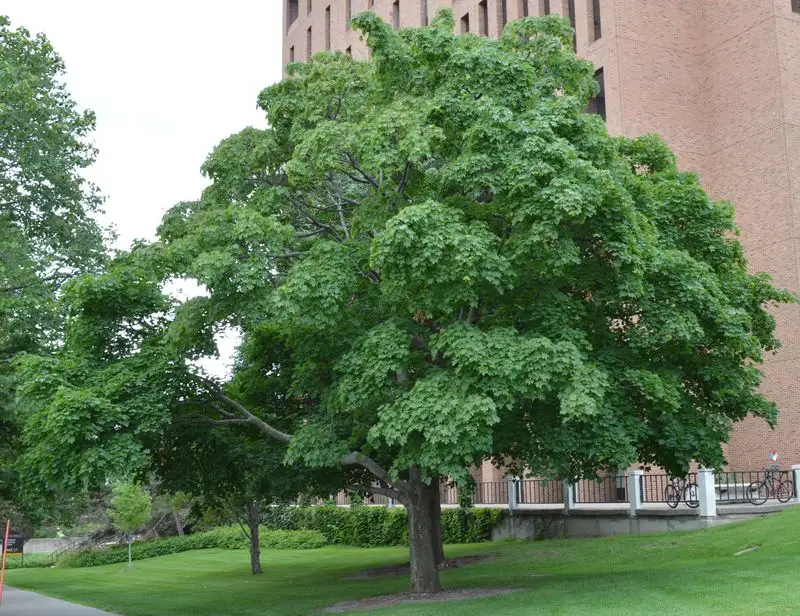
Norway Maple, with its lush canopy and broad leaves, offers ample shade, yet its impact is far-reaching. In national parks, it competes with native maples and other trees, affecting forest structure and diversity. The dense shade it creates inhibits the growth of understory plants, altering habitats for wildlife. Its prolific seed production allows it to spread easily, establishing dominance in new areas. Managing Norway Maple involves selective removal and replacement with native species to restore ecological balance. While visually appealing, this invasive tree poses a threat to biodiversity in park forests.
Autumn Olive

Autumn Olive, adorned with silvery leaves and red berries, brings a touch of autumn to national parks but also poses challenges. This shrub spreads vigorously, forming dense stands that outcompete native plants for sunlight and nutrients. Its nitrogen-fixing ability alters soil composition, impacting other plant species. Invasive by nature, Autumn Olive reduces biodiversity and changes habitat dynamics. Control efforts often involve cutting and herbicide application to curb its spread. Despite its ornamental appeal, this shrub’s impact on park ecosystems is far from decorative, requiring ongoing management to preserve natural habitats.

